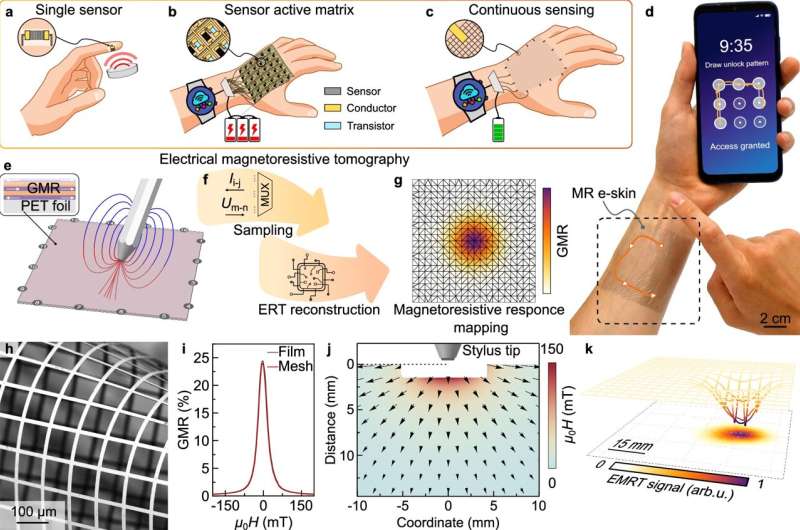This advancement could transform robotics, wearables, and human-machine interaction, making seamless, touch-free control a reality.

Imagine controlling your smartphone underwater or navigating virtual reality with just a blink—this future could be closer than we think, thanks to groundbreaking electronic skins (e-skins). A research team from the Helmholtz-Zentrum Dresden-Rossendorf (HZDR) has developed an ultra-thin, transparent e-skin capable of detecting and tracking magnetic fields using a single global sensor. This breakthrough could revolutionize robotics, wearable tech, and human-machine interaction.
E-skins, originally designed for robotics, mimic human skin by detecting touch, chemicals, or magnetic fields. However, their real-world applications have been limited due to bulky electronics and power-hungry components. The HZDR team tackled this challenge by developing a lightweight, flexible, and breathable membrane just a few micrometers thick. Unlike traditional e-skins that require multiple sensors and transistors, this innovation uses a magnetosensitive layer that acts as a global sensor, simplifying the technology while enhancing efficiency.
“Instead of numerous individual sensors, our system functions more like human skin, allowing a central processing unit to pinpoint magnetic signals efficiently,” explains Denys Makarov of HZDR.
The new e-skin employs tomography—a technique used in MRI and CT scans—to reconstruct signal locations, an approach previously considered too weak for magnetosensitive materials. This advancement opens up exciting possibilities for hands-free interactions, touchless device control, and even writing digital patterns with a magnetic stylus.
The potential applications are vast. Users could operate a smartphone in extreme conditions, such as underwater or while wearing thick gloves, using a magnetic patch. Robots equipped with magnetoreceptive e-skins could navigate complex environments with greater accuracy. Unlike traditional electronic sensors, magnetic field detection is less prone to interference, making it ideal for virtual reality and next-generation smart wearables.
This marks a significant step toward seamless human-machine integration, paving the way for intuitive digital interactions that go beyond touchscreens and buttons. With e-skins advancing rapidly, the era of magnetoreceptive technology may soon become an everyday reality.







